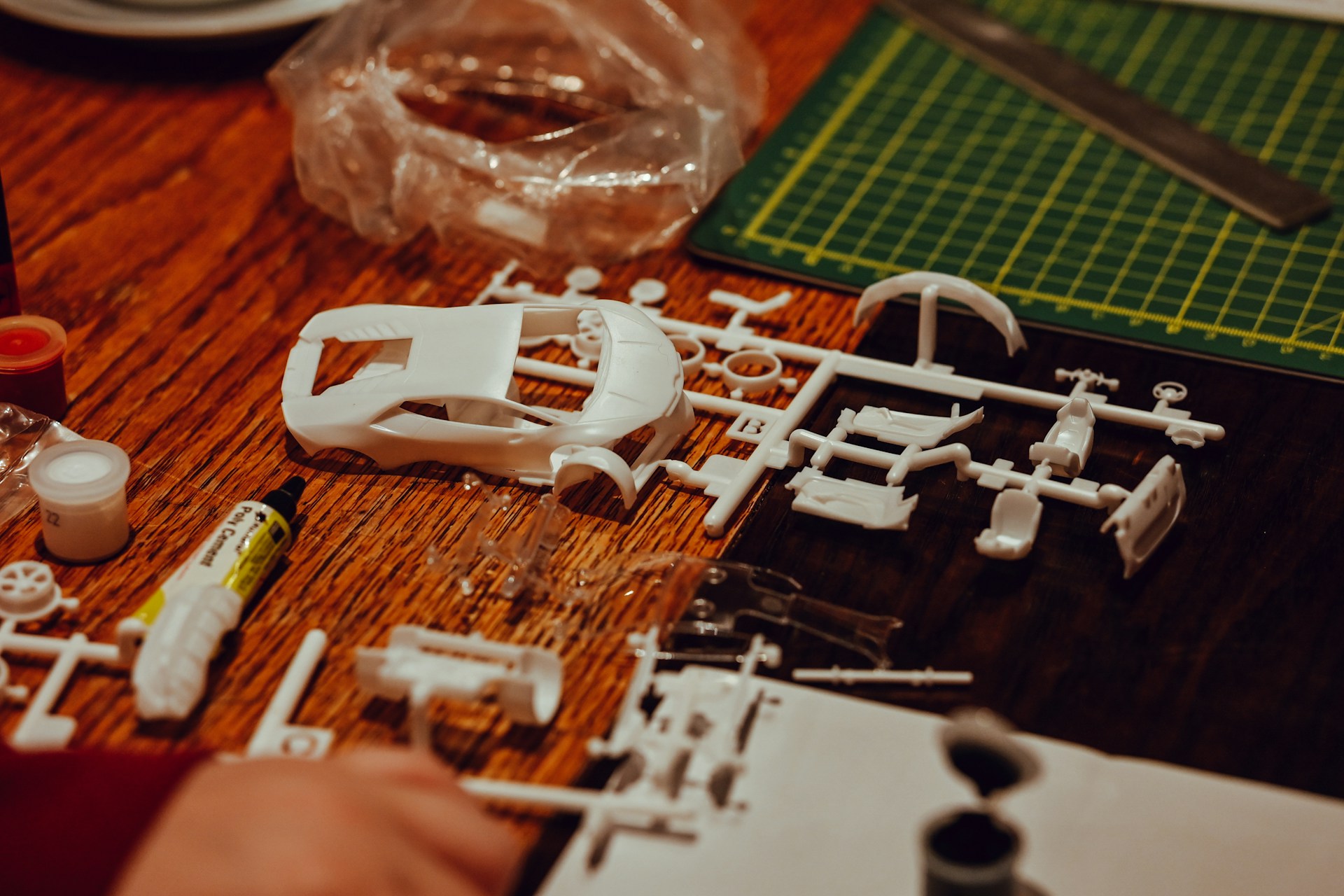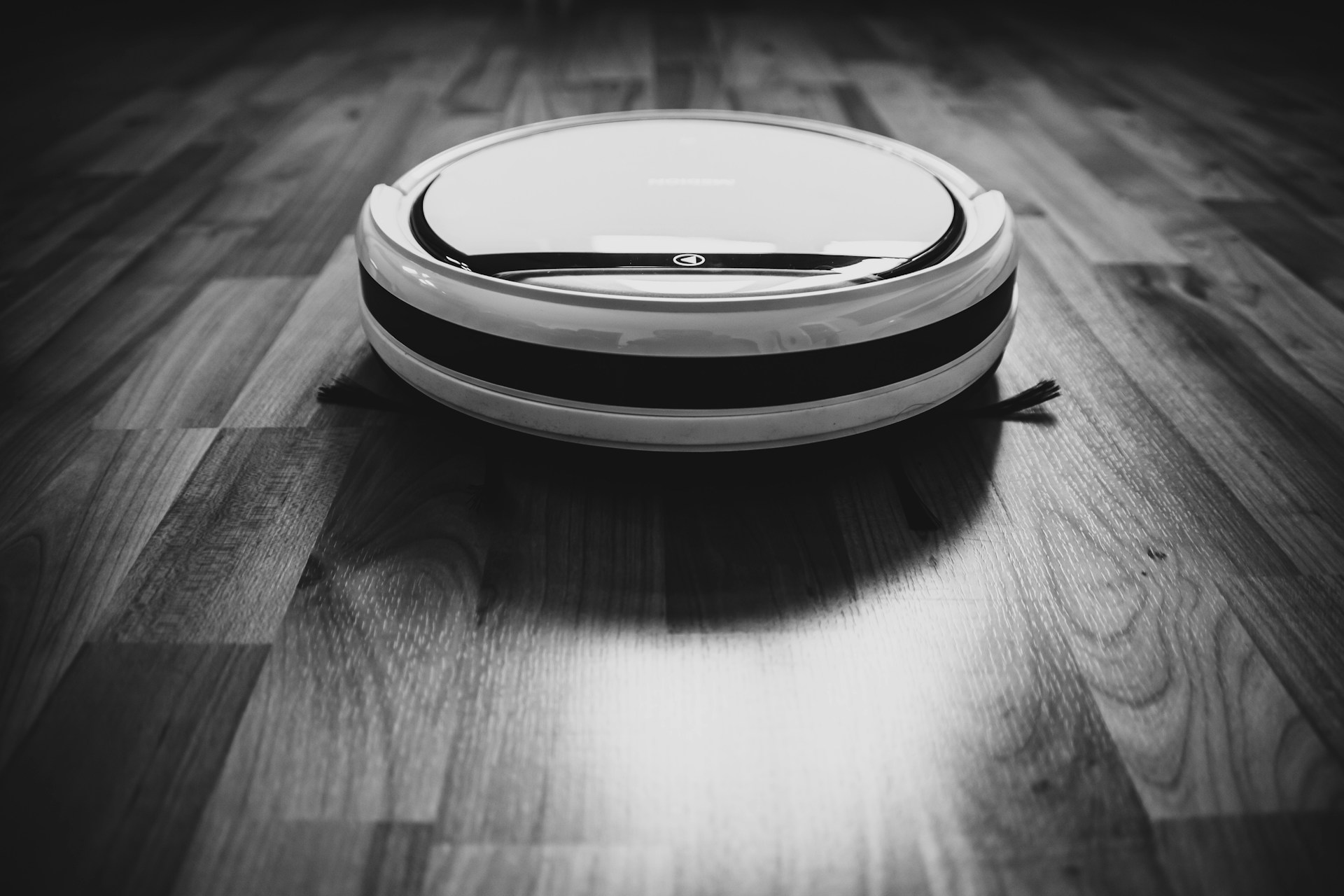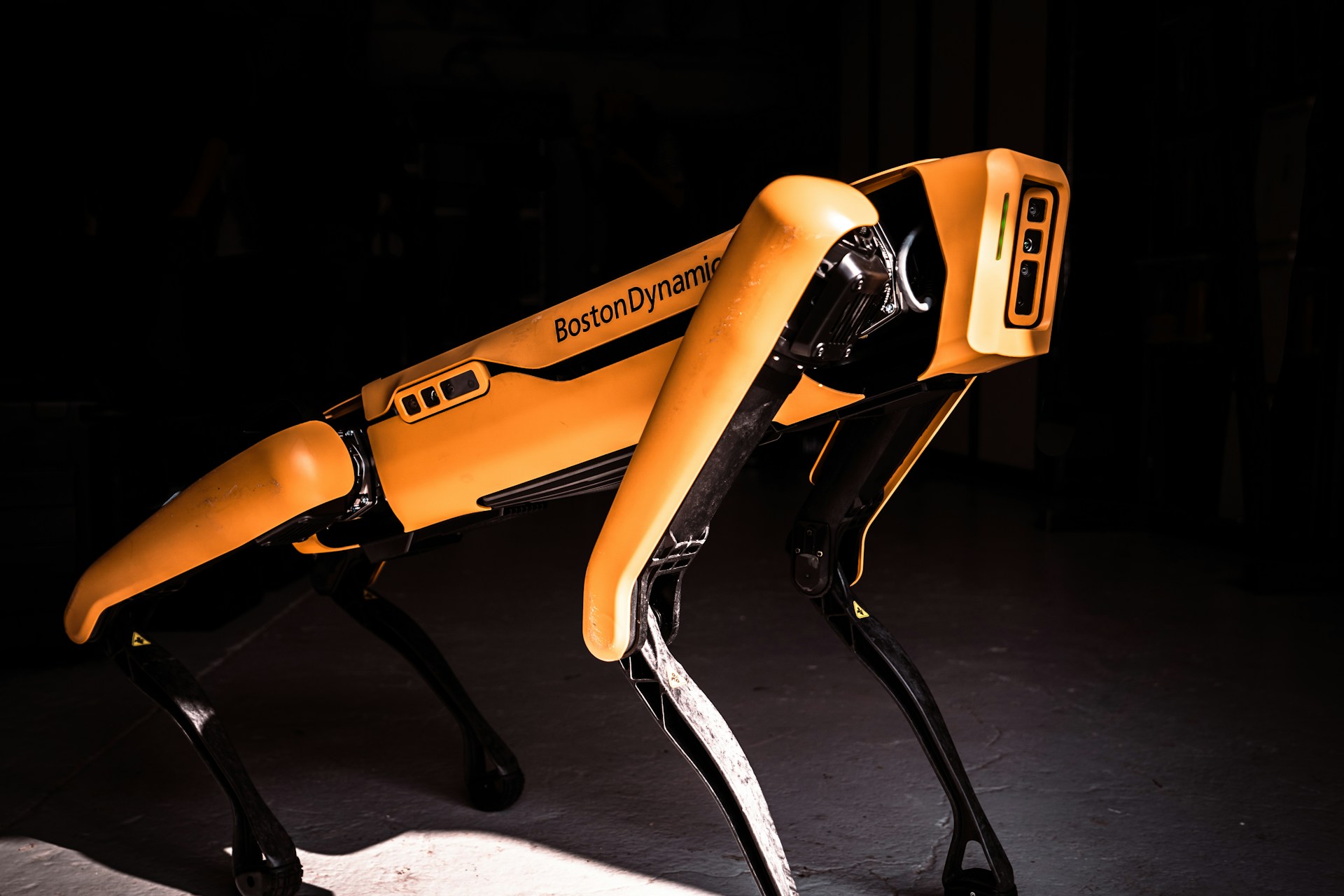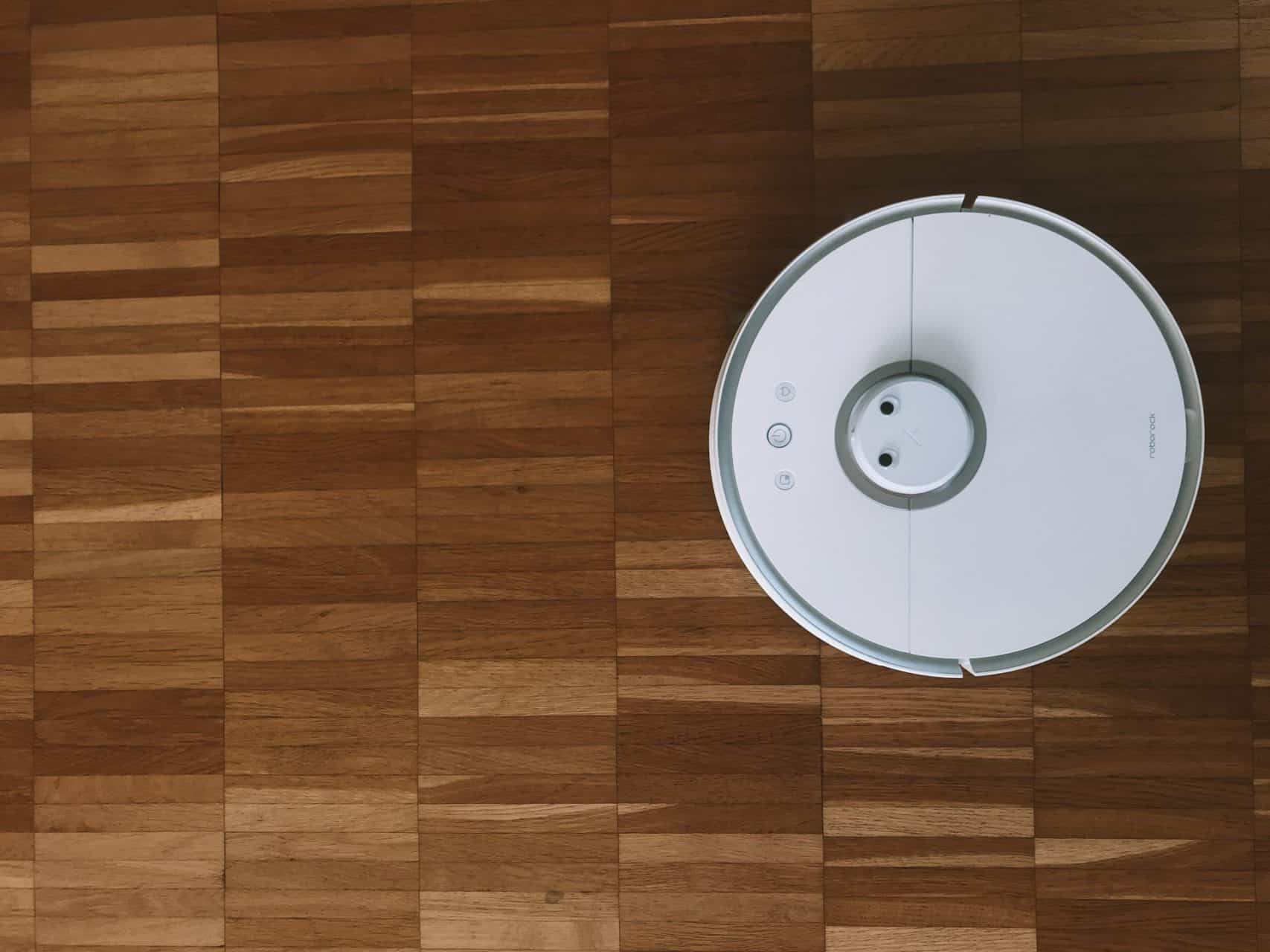
Robotics for Beginners: Tips to Start Constructing Today
April 9, 2019 - Emily Newton
Revolutionized is reader-supported. When you buy through links on our site, we may earn an affiliate commission. Learn more here.
Robots are becoming more common every year. Basic machines on vehicle assembly lines have become detailed pieces of advanced technology that can do everything from performing surgery to repair and refuel satellites in flight. Contrary to popular belief, you don’t need a degree in electrical engineering to start exploring the exciting and ever-changing world of robotics. Here, we’ve put together a guide covering robotics for beginners to help you build your very own robot.
Vocabulary Lesson
Before we can get into building a robot, we need a quick vocabulary lesson to make it easier to understand what we’re talking about:
- Robot: A programmable machine that can react to its environment and carry out a specific task.
- Current: The rate of flow of an electric charge.
- Voltage: The difference in electrical potential between two points.
- Motor: A device that uses electrical current to create motion.
- Sensor: A sensitive device that allows the robot to “see” the world around it.
- Actuator: A joint that transforms potential energy — electrical, pneumatic, hydraulic, etc. — into kinetic energy or movement.
- Power Source: The thing that keeps your robot alive. This can come from a wall outlet, a battery, or even a small solar panel.
Robotics for Beginners: What You’ll Need
The exact list of supplies you need to build your robot will vary depending on the kind of device you want to develop. Some, like this simple BeetleBot, only take a few basic parts, while others might require some programming knowledge or a higher level of electrical engineering skill.
In general, however, you will need:
- A power source, like a battery or solar panel for mobile robots, or a plug and cord for stationary models
- A motor to provide motion
- Sensors so the robot can see the world around it
- Arms and actuators to allow the robot to manipulate things
If you want a robot that can move autonomously, you will also need something like a Raspberry Pi computer you can program to control the various parts of the machine. Since that task involves more advanced robotics, we’ll leave that for another piece. We’re not trying to teach you how to build superior robotic services or collaborative robots that are taking the industry by storm — at least not yet.
A Step-by-Step Process to Building Your First Robot
There are tones of kits available geared toward robotics for beginners. They have all the components and instructions to walk you through it, but you can also build a simple robot with materials you might already have around the house.
Let’s take a look at this simple robot. It doesn’t use sensors and will only move in one direction, but it follows the basics of robotics. It’s so simple that a kid can build it — a 13-year-old student designed it!
To make a robot, you’ll need the following supplies:
- A Base: A base can be made from almost anything — cardboard, metal, plastic, wood, or anything else you have on hand
- Two DC Electric Motors: You can salvage these from broken RC cars, fans and anything else that spins
- Two AA Batteries: You probably already have these laying around your house — or at least in a remote control that you never use
- A Battery Holder: You can salvage this out of just about anything
- Two Wheels: If you’ve got a busted RC car laying around, you’ve got wheels — otherwise, you can use bottle caps or anything round that you have a pair of
- A Switch: You’ll need an on/off switch for the robot
- Wire: Check to see if you have any in your garage or junk drawer
- Miscellaneous Tools: Toothpicks, a bamboo dowel or some old RC car axles, hot glue to hold it all together, a drill if you’re not using RC wheels to drill holes for your motors and wire cutters or scissors
Once you’ve gathered all your supplies, follow these steps:
- If you’re using bottle caps for your wheels, your first step will be to drill two holes in the wheels that will fit on your motors.
- Attach two wires to each of your motors — preferably one red for the power and one black for the negative. Then, touch the ends of the wire to a battery to make sure there’s a connection, and it spins.
- Once the cables are in place, use hot glue to attach one motor to each wheel. Then, connect your motors to the base. You can either do this directly with hot glue or use Popsicle sticks to build a small frame to hold the motor.
- If you want to keep the rear end of your robot off the ground, you can add two more wheels to the back, but it’s not strictly necessary.
- Now, you need to wire the motors to the battery and the switch. Your battery holder will have a defined positive and negative lead near the bottom. Connect the negative wire from each of your motors to the negative lead on the battery holder. Then, connect the switch to the positive wire before it gets connected to the motors.
Once all your wires are hooked up, all that’s left to do is turn it on and watch it go. You’ve just built your first basic robot — congratulations!
A Few Final Thoughts
Robotics is a fast-growing field, but it’s not too late to start learning how to build your robots. Practice and study the basic principles, and you’ll have your own Rosie (from the Jetsons) or Robot (from Lost in Space) in no time!
Revolutionized is reader-supported. When you buy through links on our site, we may earn an affiliate commission. Learn more here.
Author
Emily Newton
Emily Newton is a technology and industrial journalist and the Editor in Chief of Revolutionized. She manages the sites publishing schedule, SEO optimization and content strategy. Emily enjoys writing and researching articles about how technology is changing every industry. When she isn't working, Emily enjoys playing video games or curling up with a good book.






